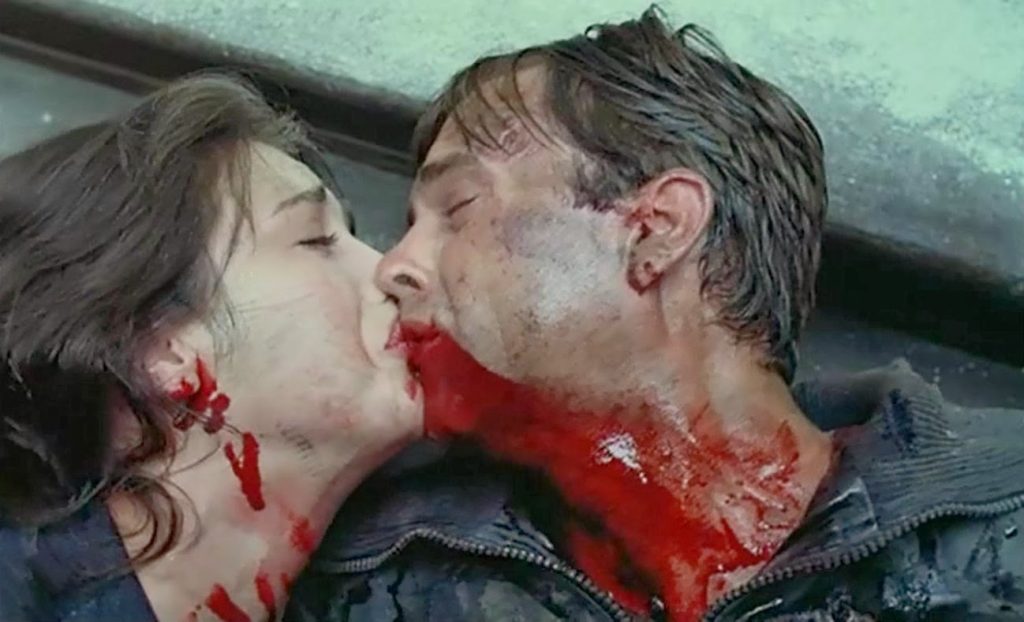
A film becomes haunting when it becomes a poignant and evocative experience. An experience that, just like a trauma, which in ancient Greek could be translated as “wound,” stays in your mind and heart as an unforgettable memory. This memory, as if it was a ghost, visits you and can make you feel agitated or concerned, but without even let you know its true nature. Nonetheless, it lingers and it’s always there waiting for you.
The films that are included in this list try to reflect this feeling, at times through the suggestive look at teen years, at other times revealing the true nature of disturbing topics, but always displaying movies that will stay with you long after the credits roll. There are some spoilers, but they’re not so gruesome.
1. The Swimmer (1968)
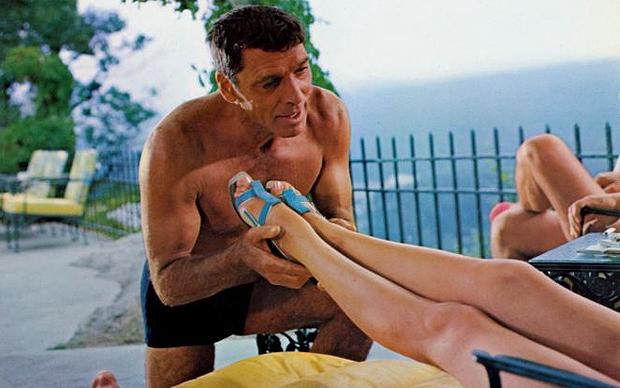
The narrator of the original 1968 trailer of “The Swimmer” asks the audience, “When you talk about ‘The Swimmer,’ will you talk about yourself?” This question, which resonates as an inquiry concerning everyone’s existence, defines the spirit of the film. Based on John Cheever’s short story, the movie was made by the collaboration between husband and wife Frank and Eleanor Perry.
Ned Merrill (Burt Lancaster) is a wealthy suburban inhabitant from Connecticut. One day, he appears at a pool party held by the Westerhazys. After swimming, Ned begins to chat with their hosts and he challenges himself with a very weird task: to swim in all of the swimming pools of his neighbors.
“The Swimmer” is, without a doubt, a forgotten masterpiece of American cinema. Its value lies primarily in the boldness of its narrative. Ned Merrill has lost everything but, as if he was a ghost, wanders around places and re-encounters people from his past, unaware of his current life conditions through eerie storytelling.
In this regard, it is interesting to take a look at the video by video artist Nelson Carvajal who compares “The Swimmer” and the TV series “Mad Men.” The similarities between Ned Merrill and Don Draper are unsettling.
2. El abrazo de la serpiente (2015)
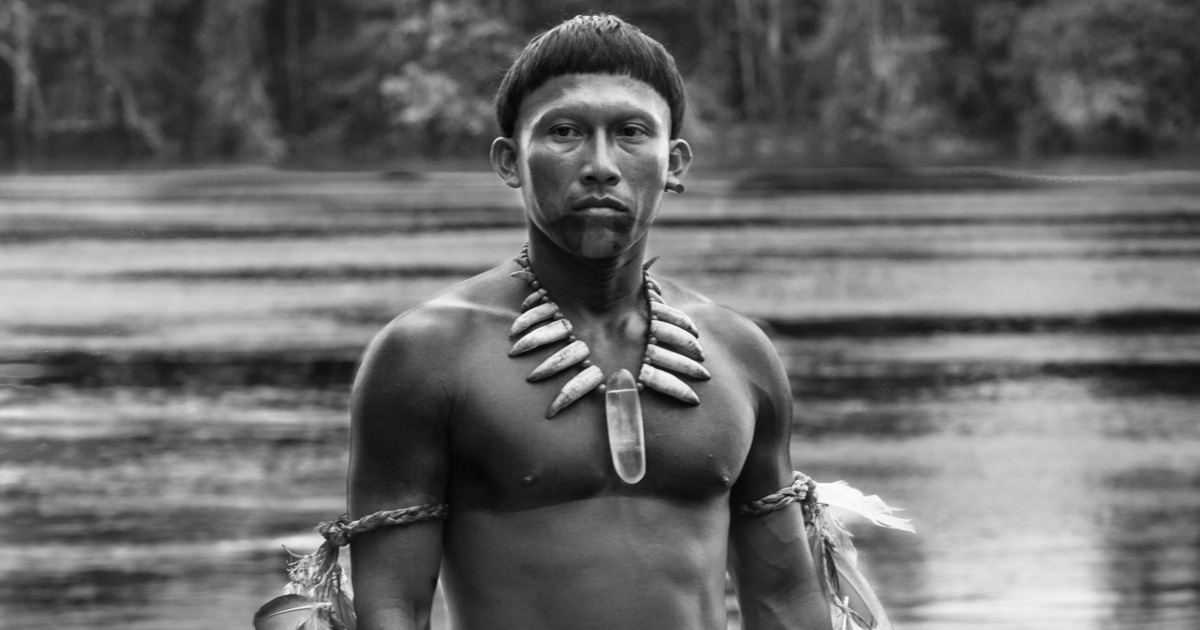
Ciro Guerra’s Academy Award-nominated “El abrazo de la serpiente” is an unforgettable cinematic experience. Its novelty lies in the strange and impressive story that the Colombian filmmaker decided to shoot. Part of this uniqueness depends on its amazing protagonist Karamakate (portrayed by Nilbio Torres and Antonio Bolívar), a Shaman and last survivor of his tribe.
“We did not want to make the story that has always been told about the Amazon, where the protagonist is a white adventurer; we wanted to turn it around, giving it prominence and telling the point of view of the indigenous people,” Guerra declares.
The first part of the film is set on the Amazon rubber boom, a historical period in which European companies extracted this compound for commercial purposes. In 1909, Theodor Koch-Grünberg (Jan Bijvoet), an ill German ethnographer, is searching for Yakruna (Ayahuasca), an entheogenic plant that could save his life.
As might be expected, Karamakate is one of the few natives in the jungle that still knows how to use it. Thirty-one years later, in 1940, American botanist Richard Evans Schultes (Brionne Davis) contacts an elderly Karamakate who has forgotten the wisdom of his people. Evans deceives the Shaman, claiming he suffers a rare sickness that prevents him from dreaming. The truth is that he’s just looking for rubber forests.
The use of black and white cinematography is breathtaking. This choice was taken for two main reasons. The first is the remarkable photography produced by the two original adventurers. These pictures portrayed the Amazon in a cold and distant way. And second, the importance of the color green for the original residents of the jungle. “While there, I understood that it would not be possible to faithfully represent the color of the Amazon. It is a color that has many meanings for the native communities. For what we call green, they have 50 different words.”
The feverish dream logic that structures “El abrazo de la serpiente” feels, at times, like an unknown myth that is forbidden for humankind. At other times, it feels like a reflection of humanity’s most inner contradictions. This is why, at the end of the day, it seems that transcendence and greed are really close to each other.
3. Kes (1969)
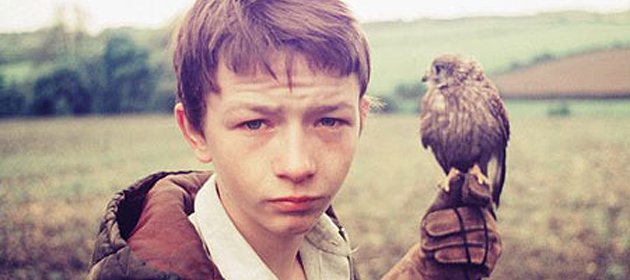
Ken Loach’s 1969 masterpiece is a film that appeals to everyone who felt out of place during their teenage years. Its emotional value lies in the connection that the movie accomplishes with the audience’s memories through truthful characters and filming locations.
Billy Casper (David Bradley) is a British teenager from a working class family. His fate seems to indicate that, like the rest of the residents of his town, he will be end up being a coal miner. In his home, his brother Jud (Freddie Fletcher) bullies him, and his mother thinks he is a hopeless case. He spends his days stealing milk, begging for money and daydreaming. One day, Billy finds a Kestrel and he calls it ‘Kes.’ Somehow, his life achieves a new meaning.
Bradley affirms that the moment when Billy finds Kes is a life-changing situation because, “His family life is dysfunctional, he hates school, he doesn’t really have any close friends, he’s in trouble with the police – then suddenly a light clicks on when he sees this bird.” It’s this genuine portrayal that thrills and moves people even today, almost 50 years since its release.
The nostalgic tone of “Kes” and its irresistible humanism linger in memory as if it was, in fact, an archetype of some kind of universal experience. For Bradley, the film was also a life-changing event. Even today, watching the film means to him a haunting experience. “I can’t watch the end of the film,” he said. “It’s just too much.”
4. Waltz with Bashir (2008)
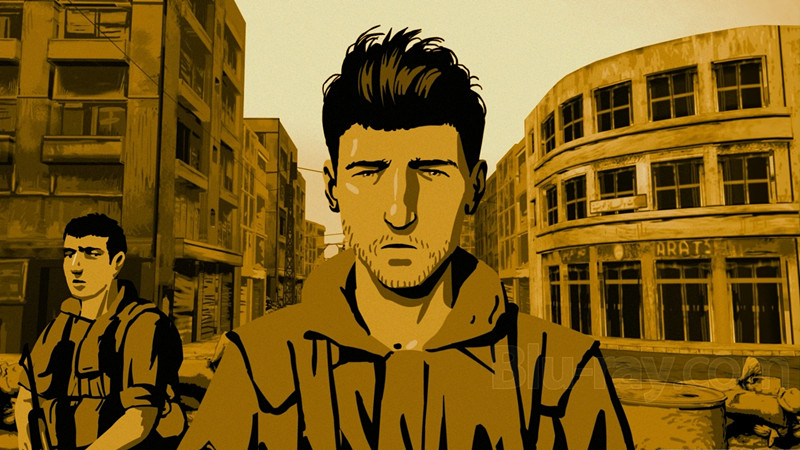
Post-traumatic stress disorder as a consequence of warfare is one humanity’s worst nightmares. In this sense, many films have portrayed this mental disorder with brutality and beauty throughout the history of cinema. “Taxi Driver” (1976), “The Deer Hunter” (1978), “First Blood” (1982), “Jacob’s Ladder” (1990) and “The Best Years of Our Lives” (1946) are really good examples of American movies that have depicted this type of trauma and had become classics as well.
Nevertheless, sometimes mainstream audiences miss authentic gems from world cinema that deal with this issue. Such is the case of “Waltz with Bashir,” an Israeli animated documentary film that focuses on the experiences of author Ari Folman’s time as a soldier in the 1982 Lebanon War.
In 2006, Folman re-encounters an old friend from the Lebanon War times. His friends tells him that he’s having some really awful nightmares from that period. Strangely, Folman cannot remember anything. That night, the filmmaker dreams about the Sabra and Shatila massacre. He sees his brothers in arms, the beach, the sea, and the everlasting flare lights descending over Beirut.
A memory becomes haunting, precisely because it has become impossible to distinguish what it is and why it is there. Despite its apparent harmless nature, its true shape is a monster of darkness, guilt and grief. And you can not ignore guilt forever.
5. La libertad (2001)
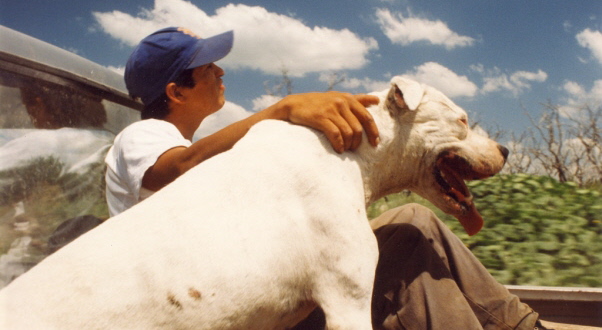
“La libertad” is the first film of the unofficially named “Trilogy of the Lonely Man” by Lisandro Alonso. The film, famous for his particular cinematographic style, represents the beginning of the rich and enigmatic career of the Argentinean filmmaker.
Misael (played by Misael Saavedra) is a lumberjack who lives in the Argentine province of La Pampa. His daily routine consists of chopping and recollecting wood in a nearby forest. Misael lives isolated and he only interacts with other people when he needs to make money or buy cigarettes. When the film ends, the lack of plot is evident and the audience doubts whether the film was a narrative or some kind of documentary.
Alonso, like Bresson, does not want his actors to interpret, he wants them to reveal themselves onto the screen. The body of Misael is a key factor for this. As Laura Martins claims, there is a deep mistrust against the spoken word because it’s related to the transactions of capitalism.
Beyond this economical lecture, there is a cinematographic proposal by Alonso. The proposal consists of a search for “reflect moments or situations, through cinematographic methods, in order to present the central mystery of his characters’ lives.”
For Martins, “in Alonso’s cinema, there are the bodies the ones who talk, the looks and rhythms talk as well, same case with earth, trunks, foliage, water, wind, as a democratizing effect where they are, where all the elements are, alive or dead, human or not, solid and liquid that inhabit the cinematographic plane.”
6. Possession (1981)
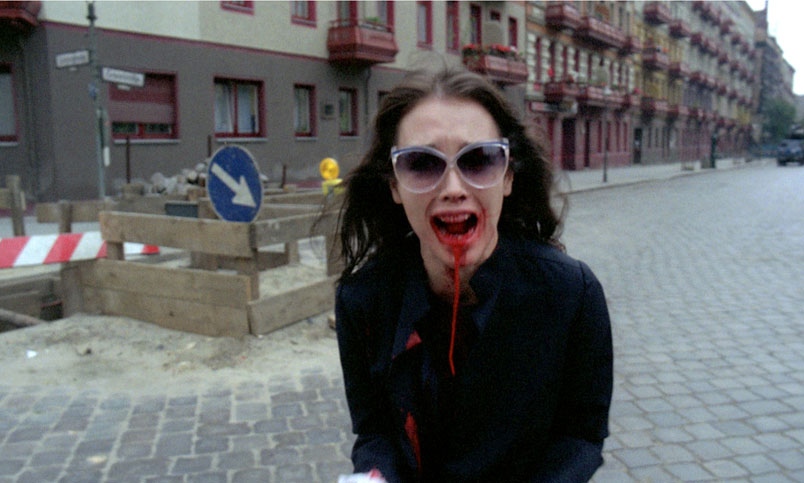
Andrzej Żuławski is one of the most influential and important filmmakers from Poland. In this regard, “Possession” may be his greatest work and to this day remains as one of the most disturbing and outstanding horror films of all time.
Mark (Sam Neill) is a spy who returns home and finds that his wife Anna (Isabelle Adjani) is asking him for a divorce. Oddly, Anna begins to act in a very strange way.
The other day, Heinrich (Heinz Bennent) calls Mark and tells him he is Anna’s new lover. Afterward, when Mark goes to his son’s school to pick him up, he meets his school teacher Helen (Adjani again), who looks exactly like Anna, but is kinder and has green eyes. What happens next is a striking display of the most forceful, savage and intense filmmaking you will see in a while.
The film’s unpredictability and unrelenting pace heightened by its intensity and brutal presentation makes “Possession” one of the most haunting horror films ever produced. Both Neill and Adjani are glorious in their acting efforts. Nonetheless, make no mistake, the film’s worth lies in the extraordinary directing by Żuławski. “Possession” is one of those films that may never happen again.
7. Goodbye, Dragon Inn (2003)
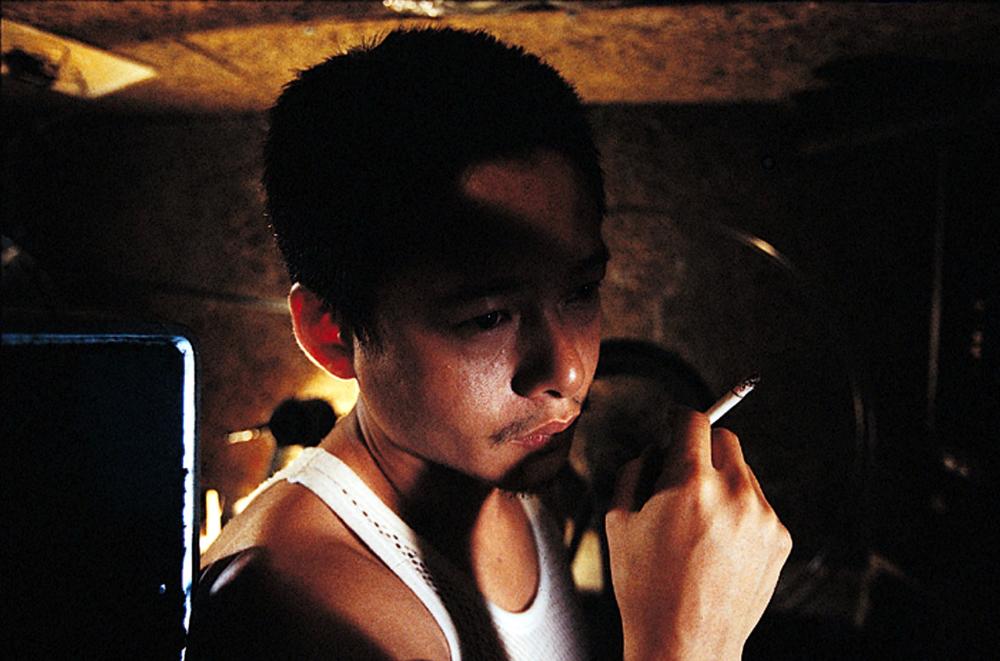
“Goodbye, Dragon Inn” could be considered one the most haunting metacinema films of all time. Directed by the wonderful Tsai Ming-liang, the movie uses “Dragon Inn,” a 1967 Taiwanese classic martial arts film, as a basis for this ghoulish tale of ghosts.
The story is set in an old Taipei cinema that is projecting its last film, the aforementioned “Dragon Inn.” The theater, almost empty and silent, still has an individualized audience. A ticket clerk who wears an iron brace on her leg; a Japanese man looking for a casual lover; and two of the original actors who starred in the film, Jun Shi and Miao Tien.
There is a omnipresent ghostly atmosphere in the film. The characters are shown as if they were shadows of something else. Even their rhythms, somehow, seem to get blurry at times. Outside, a torrential drain filters into the cinema and everything looks pretty wet. A humidity that reflects a spectral yet peaceful mystery.
As Tsai declares, “For me, water means a lot of things. It’s my belief that human beings are just like plants. They can’t live without water or they’ll dry up. Human beings, without love or other nourishment, also dry up. The more water you see in my movies, the more the characters need to fill a gap in their lives, to get hydrated again.”